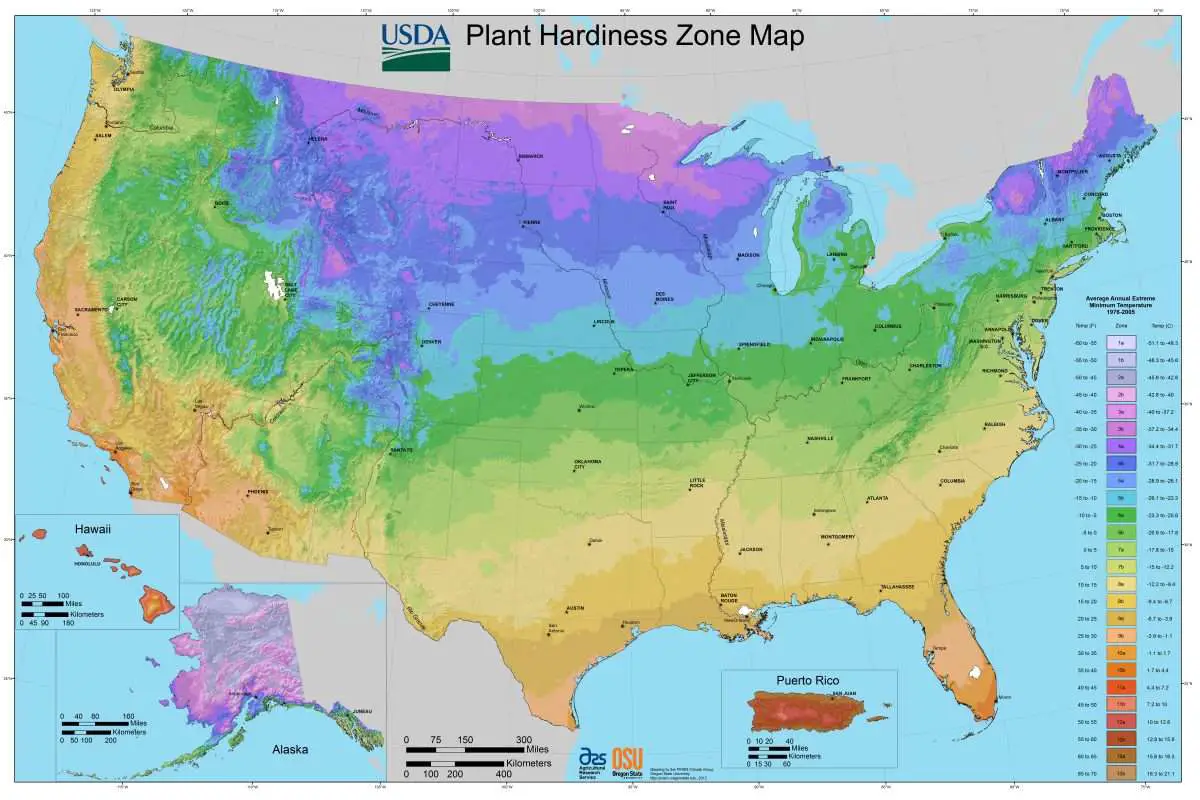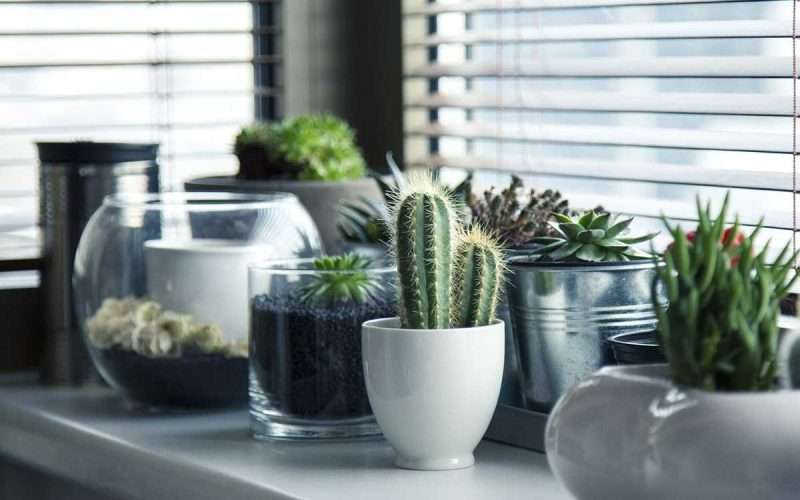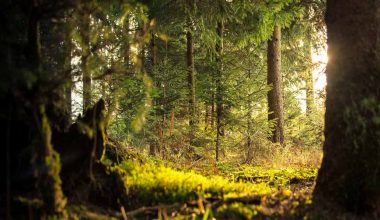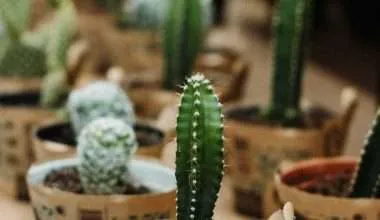Table of Contents Show
We all enjoy a bit of spring gardening.
For me it’s the weather!
We will spend a significant amount of our time working and taking care of our precious garden for it to look beautiful all the time.
Gardening is not just to please your eyes or impress your friends, relatives, and neighbours on how good your gardening skills are. There is more to it than that, as gardening is essential in providing oxygen to us and other species and providing habitat to a wide variety of organisms.
It also aims to improve biodiversity in the region. Like all greenery gardens, it also helps to sequester carbon, thereby helping to reduce carbon footprint.
However, not everyone finds it easy to start a spring garden. To overcome this problem, we have come up with a small guide on how you can make your household spring garden.
How to prepare for your spring garden?
1. Decide the location of your garden
When you are preparing for your spring garden, you must first decide where you will make your garden. If you plan on having a vegetable garden, you should choose to make your garden near a sunny place.
In the case of a flower garden that will go around the house, consider the type of sunlight each area will be receiving and consider this fact while selecting the flowers.
2. Choose what you will be planting
After choosing the ideal location of your spring garden, it is now time to decide what you will be planting. Sunlight is the most important thing that must be considered, along with plants that will look good together.
This is because many plants work symbiotically to resists pests, eliminating the need for any pesticides.
3. Make a garden layout
Once you have decided on the location and the type of plants, a small diagram can help you guide through the way. You can make a simple sketch or want to draw one that is up to scale.
You can also choose to make a digital layout of it if you are up for it. If you decide to build a raised garden bed this spring, too, be sure to add that to your design.
4. Check for grow zones
Before finalising on the type of plant, be sure to check for grow zones. Grow zones are found on maps that show which plants you can plant where you live.
These charts can be found online fairly easily and demonstrate the exact “zone” of your preferred location.
This is important before you start planting your garden, so as to ensure that the plants you are selecting are safe for your grow zone.
How to find your grow zone?

- You can use the one shown above. Or go to USDA Grow Zone Map – give it a minute to load though!
- Insert your location on the top left of the map. Alternatively, you can notice the color where your state falls on that map. Mine is Salt lake city so I inserted that in the search bar.
- Match the color of that zone to the colors on the legend (if you can’t find the legend, you can open it by clicking the three lines on the top right). My location matched to 7b.
- From there I just google what plants I can grow even outdoors in my zone. For example, plants here included beets, broccoli, cabbage, carrots, lettuce, onions, potatoes, radishes, spinach, turnips, kale and collards and more!
5. Start ordering seeds
Now it’s time to start ordering seeds for your spring garden. You may also find the seeds you require to from a local nursery.
There are now many online sources and catalogs available.
You should start ordering them in the early spring months of March and April.
6. Gather pots and trays
The next thing is to gather a supply of plant starting pots and trays. Most of the seedlings are too weak and cannot withstand the warmest of weather, without first being started in smaller containers and then transplanted outdoors after they become stronger.
Make sure you have gardening tools. Ensure you have all the gardening tools at your disposal and that they’re in good repair and immediately replace anything that is broken.
There are other garden supplies that you may need later on, but you can purchase them early. These include fertilisers, plant ties, weed barriers, and pesticides, which you’ll likely want to have on hand.
7. Rototiller
If you are a newcomer, you must buy a rototiller. If you are already an avid gardener, you must already own a rototiller, however, be sure that it’s working before you need it for garden tilling.
8. Be prepared for frost
It is unlikely that it will happen, but it’s wise to be prepared for a late spring frost. Therefore, you must be made. Keep frost cloths such as old sheets, towels, tablecloths, ready to cover tender plants in your care.
Moreover, avoid the use of plastic, though. You may also choose to include the individual plants with inverted flower pots and buckets.
9. Invest in Good Quality Tools
For better results, it is always important to invest in quality tools or equipment. That will result in the perfect aftermath. Do not fall for cheap garden tools or else your garden will not flourish as it should.
Instead, if you get a good quality but expensive tool, it will be a worthy investment. It will last you for many years and you will not have to spend on tools again and again.
Additionally, important gardening tools include a garden towel for you to dig holes and trenches. A cultivator for loosening the soil. And a trowel from which you will be able to plant bulbs.
What plants you can grow in a spring gardens?
1. Onions
Planting onions is very simple. The bulbs can be pushed into the ground, one inch deep and three inches apart. Onions must have plentiful water.
Furthermore, onion bulbs enjoy well-drained soil. With the right soil and environment, onions can be grown easily.
2. Peas
Peas have small seeds and are planted shallow at a one-half inch deep. This is vital in promoting rapid germination and emergence, which happens in a week.
Try to space your seeds about 2.5 inches apart and cover them with fresh soil completely.
3. Spinach
Spinach requires a very shallow and well-drained soil to be planted. Once you see baby leaves coming out, the spinach is ready.
4. Lettuce
The seeds of lettuce are also tiny and are required to be planted in very shallow soil. The seeds need to be spaced about 6-8 inches apart, which is the correct spacing.
5. Potatoes
Early preparation is important to a good potato crop. Plant the seeds 8 inches apart and roughly 2 inches deep and cover the seeds completely with the soil. Use a measuring tape for proper seed distancing.
As the crop starts to grow, mulch them with straw as this will help control weed and keep the sun off new potatoes peeking up through the soil.
Benefits of a Household Garden
1. Enhances Wellness
It is said and proven in fact that planting and growing is therapy which relieves stress. Apart from adding beauty to your house, it also helps in reducing air pollution. With an indoor house garden, you get pure air inside the house.
Plus, plants are great mood boosters too! Many a research has been shown that people who are surrounded by plants are less prone to depression and anxiety.
Moreover, nothing is better than eating freshly grown fruits and vegetables from your household garden. It plays a huge part in maintaining good health as well as a healthy lifestyle.
Furthermore, gardening is counted as an amazing physical activity. Even if you work for 30 minutes, it is enough physical activity for controlling and maintaining your blood pressure.
2. Connection with Nature
Home gardening is a very soothing hobby. Although, it requires a lot of hard work but enthusiasts do enjoy it. Home gardening helps them connect with nature and to our food as well. People who do gardening are very fond of nature.
They seem to admire the beauty of nature which is reflected in plants, animals, skies, seas, and many other things.
3. Learning new Skills
Maintaining a household garden is a tough task which requires a lot of attention. Growing plants with fruits and vegetables at your home creates a fun-loving environment. Any age group can enjoy this activity and learn a lot from it.
Furthermore, people gain a lot of information through this activity which will be rewarding for them at some point in life. You can also learn about sustainability through gardening. If you remember to apply some tips and tricks to stay sustainable in your gardening, you can play your part in safeguarding the environment.
Tips and tricks include focusing on the most efficient ways for irrigating plants with a strategy to implement water conservation. Also, growing flowers that are attractive to bees will attract pollinators and help the plants to grow well.






